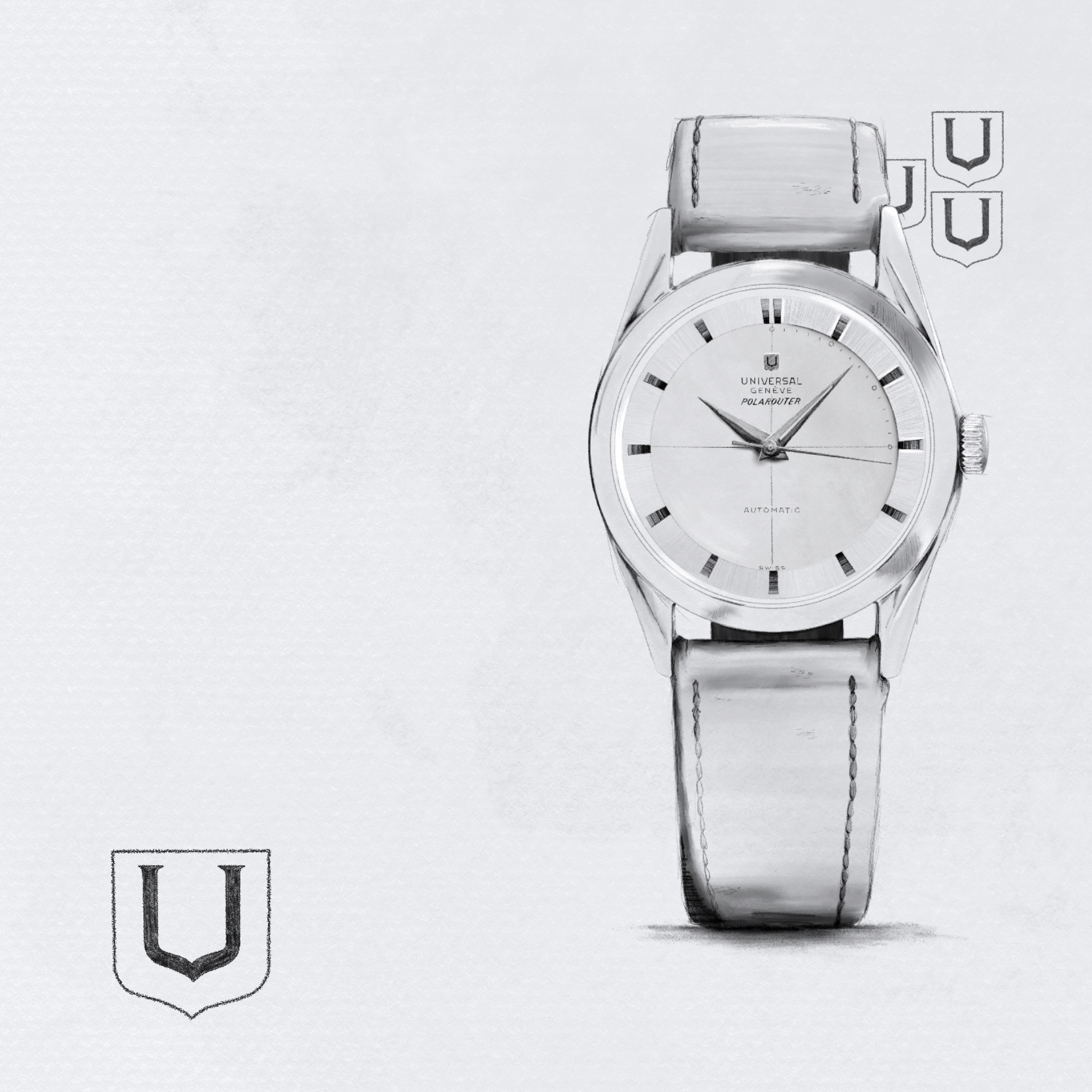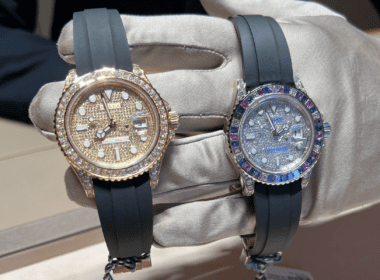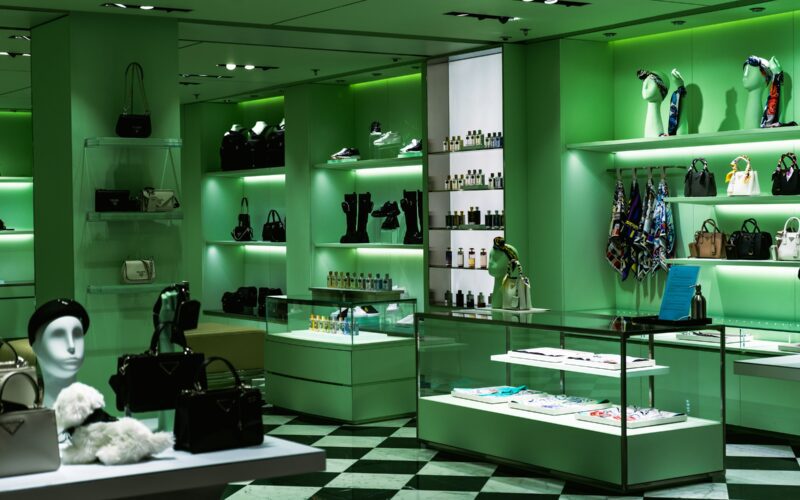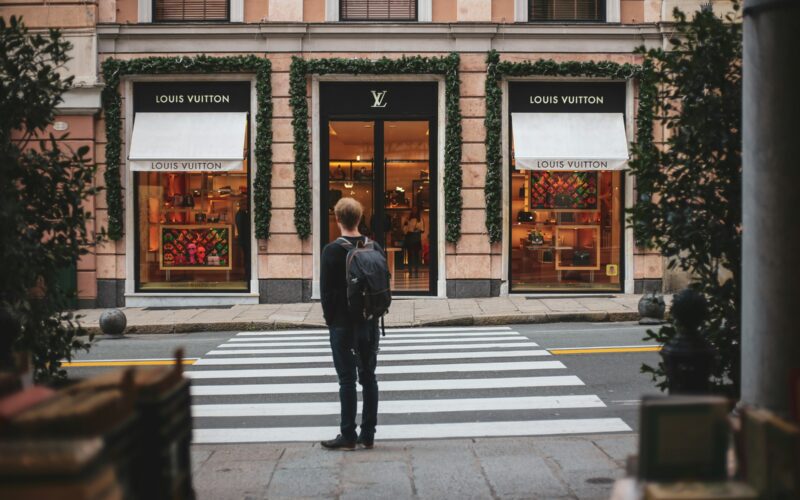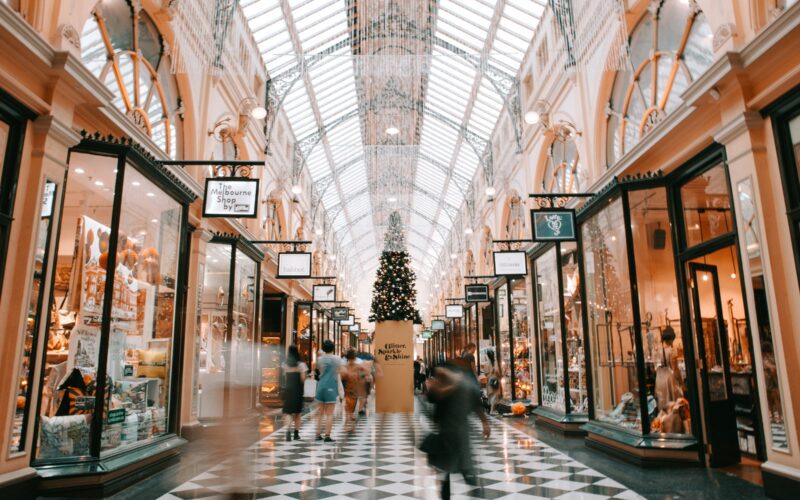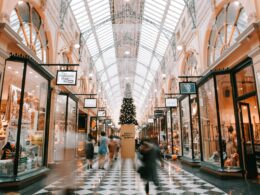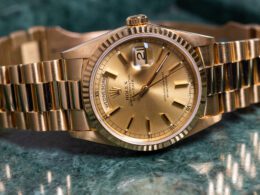Luxury marketing is about playing into emotions. Which tools is the industry using to achieve this and to what audiences are they targeting? I share with you 7 trends in luxury marketing that are relevant to every marketer.
The luxury industry and its marketing covers many different sectors: from hospitality, hotels and exclusive services to luxury retail stores. Because of my profession and as a consumer, I regularly speak with business owners, marketing managers and store managers. With great interest, I observe developments in these industries and debate this topic with them.
What is luxury marketing?
Luxury marketing is the marketing of luxury products that consumers do not consider necessary in principle, but which make life a lot more enjoyable.
Luxury marketing is selling brands and experiences that are not necessities. If something has no necessity, how can it be sold? Therefore, luxury marketing often does not play on logic or practical considerations, but rather plays much more to emotion.
1. Overcoming the fear of e-commerce
Online luxury marketing and online sales in particular have taken a long and arduous route, but have now steered in the right direction. The final steps toward maturing e-commerce are now being made by the biggest brands. Covid provided the stimulus when even major luxury brands suddenly became dependent on online sales.

Before COVID-19, the forefront was the online luxury fashion industry, yet many brands in other sectors had not yet ventured out. For instance, Louis Vuitton started its online boutique a few years ago, but in the luxury watch industry, various brands only launched last year.
The presumption was that such items would not sell well online, because of high purchase prices, return policies, and so on. In retrospect, this turned out not to be the case. But one can conclude that e-commerce in the luxury industry is not a replacement for boutiques, but rather complementary.
What can marketers in other industries learn from it?
It is interesting for marketers from other industries to see how this development has taken place. Most brands have taken the following approach: phased and differentiated.
- Phased: introducing e-commerce by country to ensure quality of service.
- Differentiated: not all products are offered online. For example, the most exclusive and expensive products are often sold only in boutiques.
Customers are incentivized by various CTAs (call-to-actions) to seek face-to-face contact with the retailer, knowing this improves the customer experience. Whereas many other companies hide their contact methods away, this is instead an integral part of the luxury industry.
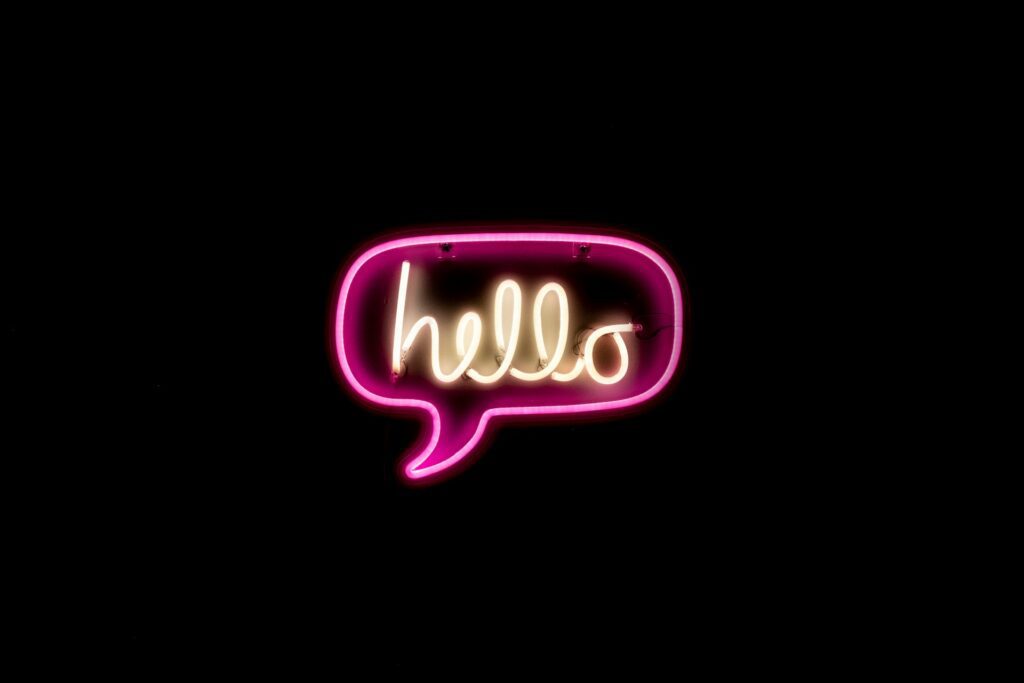
2. Embracing online marketing
One of the challenges of the luxury sector is how to authentically translate its brand narrative to the online realm. Consumer attention is fleeting here, but a hard call to action doesn(‘t) fit the image of a luxury brand. Not surprisingly, visual ads surpass SEO (search engine optimization) in terms of performance in this industry.
As a result, you’ll find that numerous luxury brands are committed to developing different types of content. Visual content that draws customers in and engages them with the brand, preferably involving interaction. Livestreams are hot in the fashion world and sponsored events are being translated into online content. Almost all content is used for branding.
3. CRM: establishing and nurturing customer relationships
Luxury marketing is traditionally all centered around customer loyalty, in other words, they need to be loyal to your brand. Retailers in other markets can take a lot of inspiration from this. On the other hand, certain elements of this type of marketing are new to the industry and show that luxury brands are intensifying their efforts.
The novelty is that the entire customer journey is being leveraged to increase engagement. This is particularly evident through two recent developments: brands daring to listen to customers, and automating their CRM (customer relationship management) operations for efficiency.
Out of the ivory tower, into dialogue with the customer
Brands are venturing out of their ivory towers to engage in a dialogue with their clients. Asking for feedback is a new thing, previously they were mainly reactive and today they are proactive. A good example is Louis Vuitton. After visiting the store, random customers receive an invitation for a short survey. It would be very interesting to see what is done with the feedback, but unfortunately, I have no insight into this.
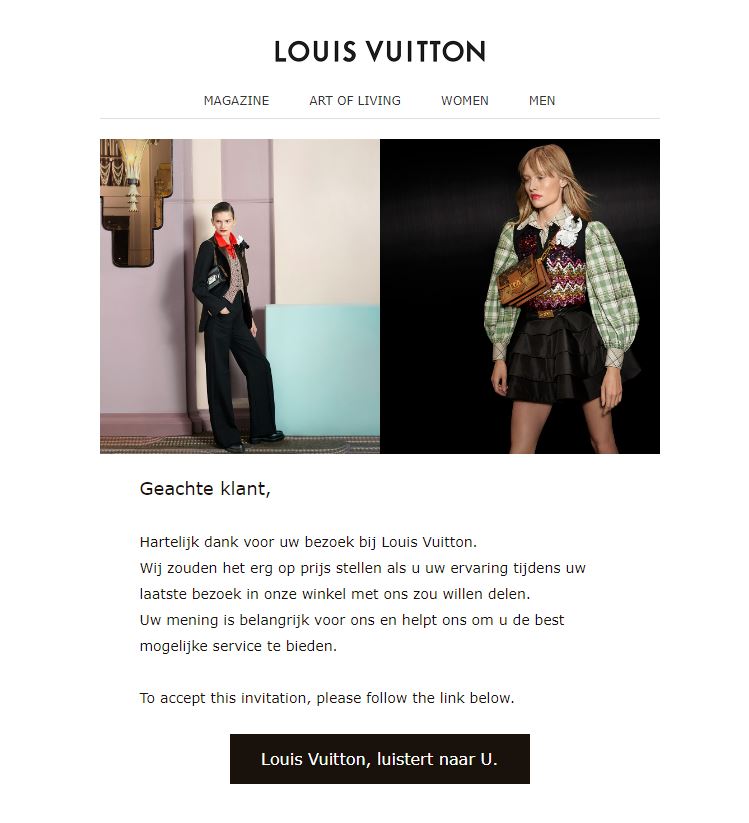
4. Automation
Another great example of automating CRM can be found at A. Lange & Söhne: customers who register their watch are sent a microfiber cloth with the serial number of their new acquisition embossed in it. This is fully automated through the CRM system (based on the information I obtained).
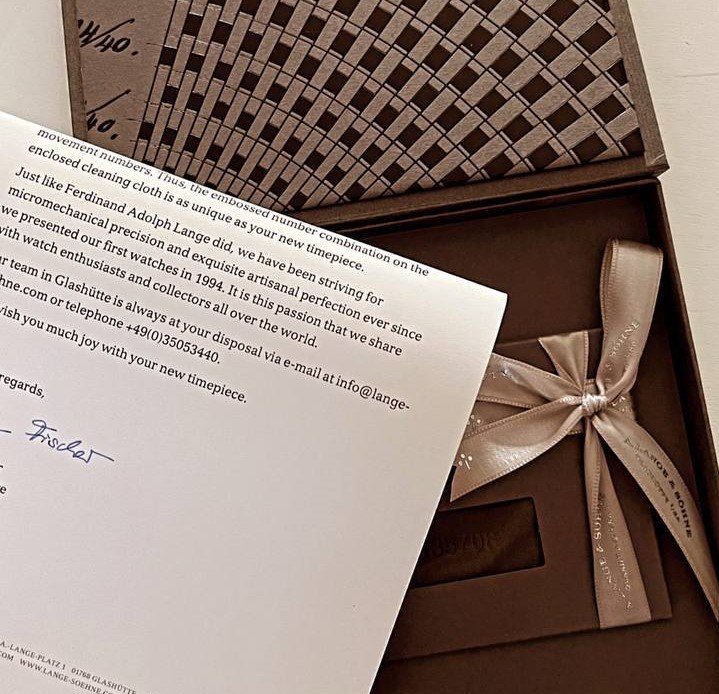
CRM allows other industries to differentiate themselves from the competition as well. Note that customer relationship management is not just implementing a CRM system and bringing in an account manager. It must be an integrated component involving all key departments.
4. Event marketing: at last, it is allowed again
After 2 years of COVID, customers crave experiences. They like to travel and go out to eat often. Ditto in the shopping streets. This is evident in all the recent news coverage. Consumers are craving to see, feel and experience products like never before.
The main shift in the luxury industry in terms of event marketing is that it is no longer used for relationship maintenance of their top clients. But is being utilized to reach new consumers as well.
One such example is the Omega x SWATCH road show. This collaboration between a luxury brand and a fashion label is striking in itself. By combining two target groups, Omega in particular reached a new group of consumers. The hype, sparked by watch lovers, was then capitalized and translated into a road show. With colourful Fiat 500s, they toured several cities last summer.
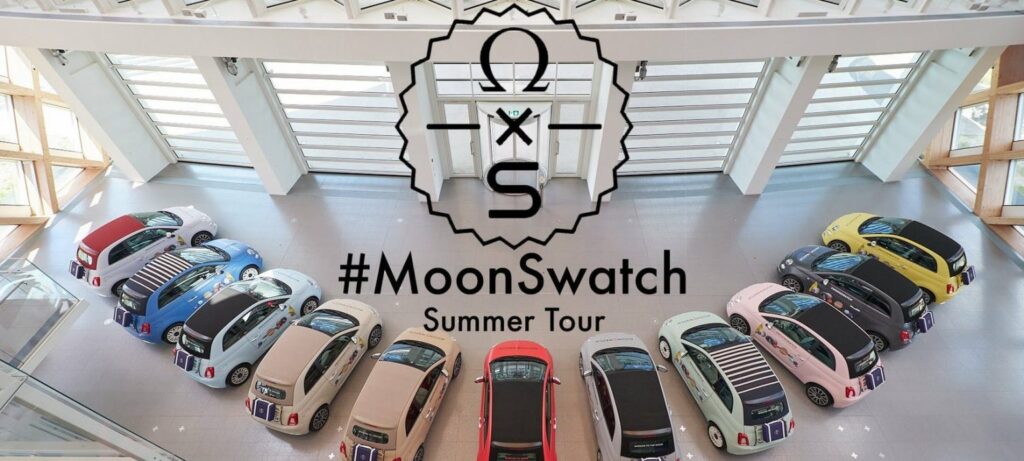
As events are used as a means to create brand awareness, we are witnessing the rising trend of online and offline increasingly merging. Campaigns are aligned for maximum impact. This is very exciting for other industries.
5. Retail deserted by boomers, yet embraced by young adults
Baby boomers, people often talk negatively about them. However, if it weren’t for their wealth, the luxury market would not be where it is today. Baby boomers did not grow up in the digital world, but in recent years they have contributed much to the growth of e-commerce. Because they prefer convenience, we see them less and less on the shopping streets.
I think what many marketers have yet to realize is that in contrast, millennials (especially the younger generation) are revisiting the stores. Like the Digital Natives, they are looking for authentic experiences and this doesn’t just cover travel or events. They see luxury items as status symbols and the accompanying experience as prestige. Not surprisingly, these visits are shared extensively on social media channels.
These traits are interesting for luxury brands and other industries to capitalize on. Gen Y and Z offer tremendous opportunities for retailers by turning shopping into an immersive experience. However, the challenge in the luxury industry is how to ensure that a visit to the event or store remains accessible. Especially at jewellers, the hurdle to walk in is still high.
6. Sustainability and the capitalization of pre-owned
At a time when sustainability is considered hot and vital, there is a shift in the luxury industry as well. No longer are pre-owned products looked down upon and terms such as pre-loved, brand name approved and vintage have become prominent. Under the guise of sustainability, brands are buying and selling used products or offering services to refurbish old products. I suspect there is an alternate motive underlying this.
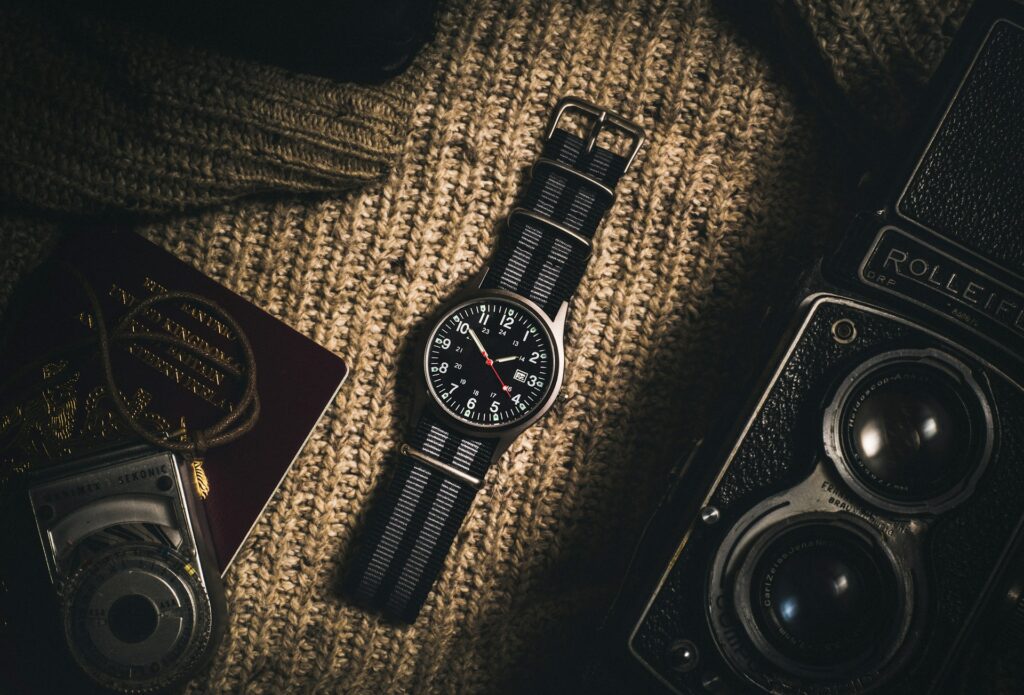
2 reasons behind the growth of pre-owned
In recent years, the pre-owned market has grown significantly, and there are 2 reasons for this. First: retail prices of luxury items have risen sharply, making many items too expensive for the middle class, who still make up a large portion of buyers.
But in contrast, especially in the watch market, the second-hand value sometimes exceeds the retail price. As a result, speculators enter the market and demand accelerates. Two different types of buyers, with conflicting motives, impact the entire luxury sector. With a possible upcoming recession, I suspect there is a threat to the luxury market here.
Luxury brands are waking up and realizing that there is revenue to be made in this business. The same applies to other industries. Used products are popular and companies can make good profit from this.
Specialization: both threat and opportunity
An interesting development, yet at the same time a potentially serious threat to retailers, is the adoption of specialization by luxury brands.
Years ago in the fashion industry, we witnessed fashion labels moving to a limited range of retailers to ensure exclusivity. Now this is not something new for businesses working with major brands. Brands are intentionally opting for less full display windows and more limited offerings. They bet on minimalism to emphasize scarcity, and the lack of choice is a powerful trigger for consumers in the luxury industry. As a result, the phenomenon of FOMO (fear of missing out) is stronger than ever.
Vertical integration
The shift of concern is vertical integration by luxury brands. Brands are mandating shop-in-shops with rigorous display requirements, resulting in high costs for retailers. In addition to reducing the number of outlets, luxury brands are opening their boutiques, bypassing retailers. For example, Audemars Piguet is opening their “AP House” this year, resulting in Schaap & Citroen no longer being allowed to carry this brand.
In every threat lies an opportunity, provided companies dare to take risks. A retailer can seek out emerging brands and capitalize on their growth. All it takes is guts and a long-term perspective. An important consequence for marketers is that the use of marketing becomes all the more important.
For other industries, these developments are important to keep an eye on. Are you a retailer, or a webshop? Then watch carefully if you see these kinds of trends and respond to them in time. Also, consider whether you want to reinvest in a brand.
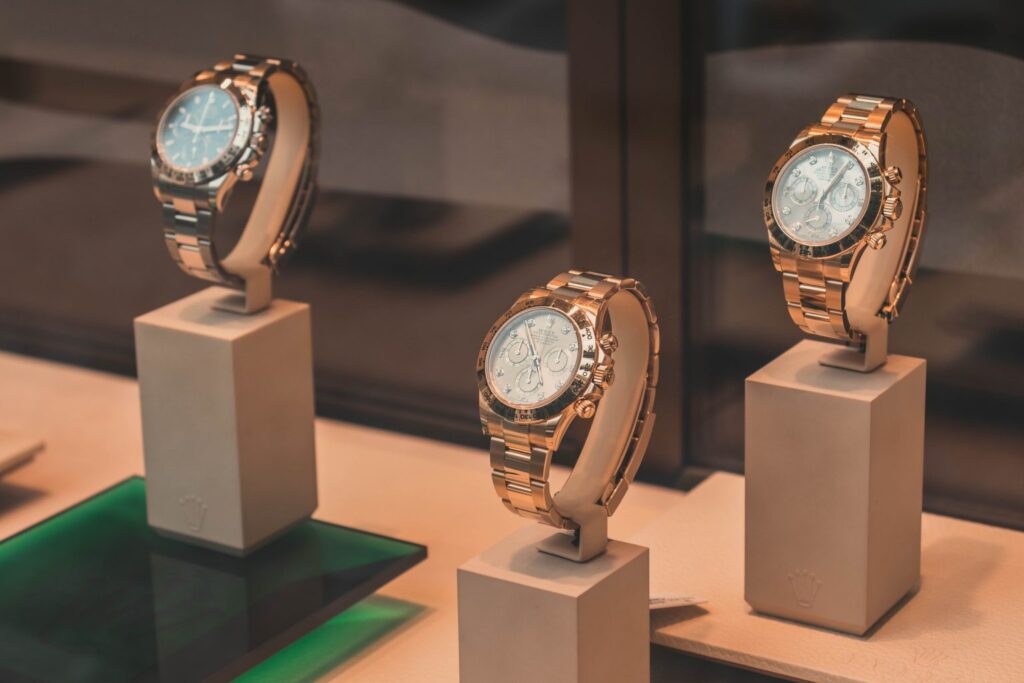
How does it affect your business?
It is fascinating to look at trends, developments and threats in other industries. This is why I enjoy reading about them myself, but also share my findings with others. What trends matter to you and can you relate them to your industry? Ask yourself the scary questions.
This article is a translation of an article first published on the Dutch-language marketing platform Frankwatching.

